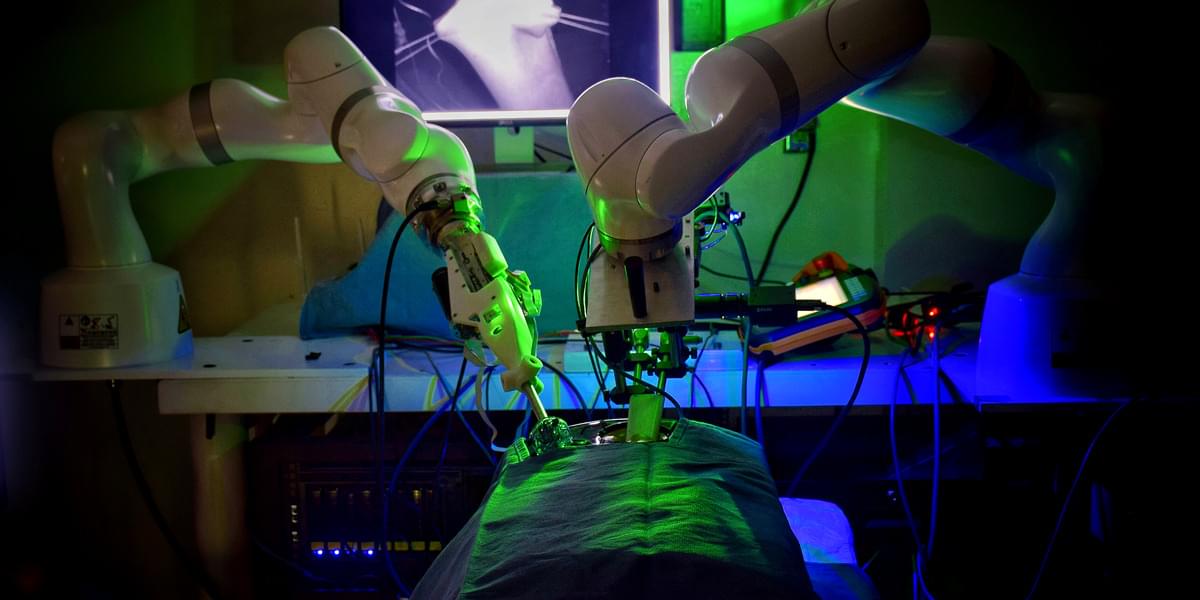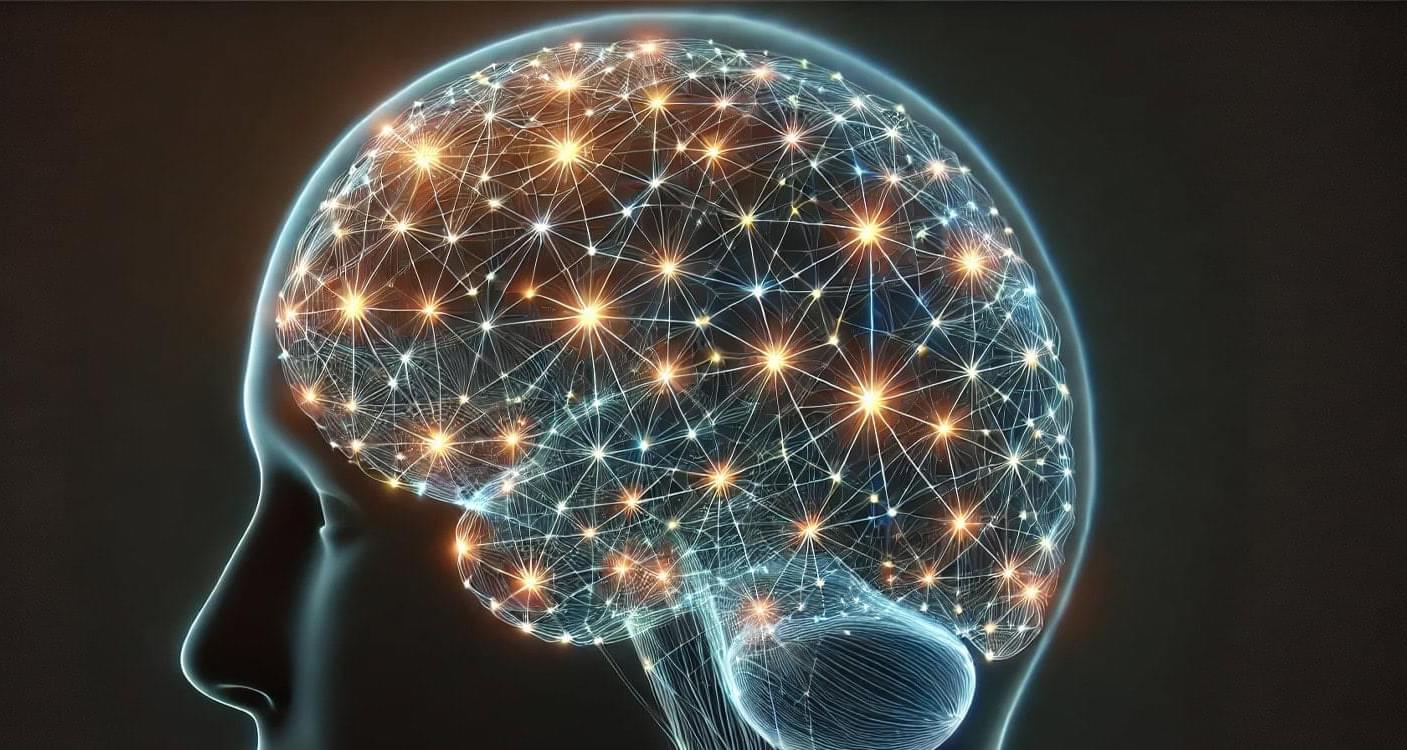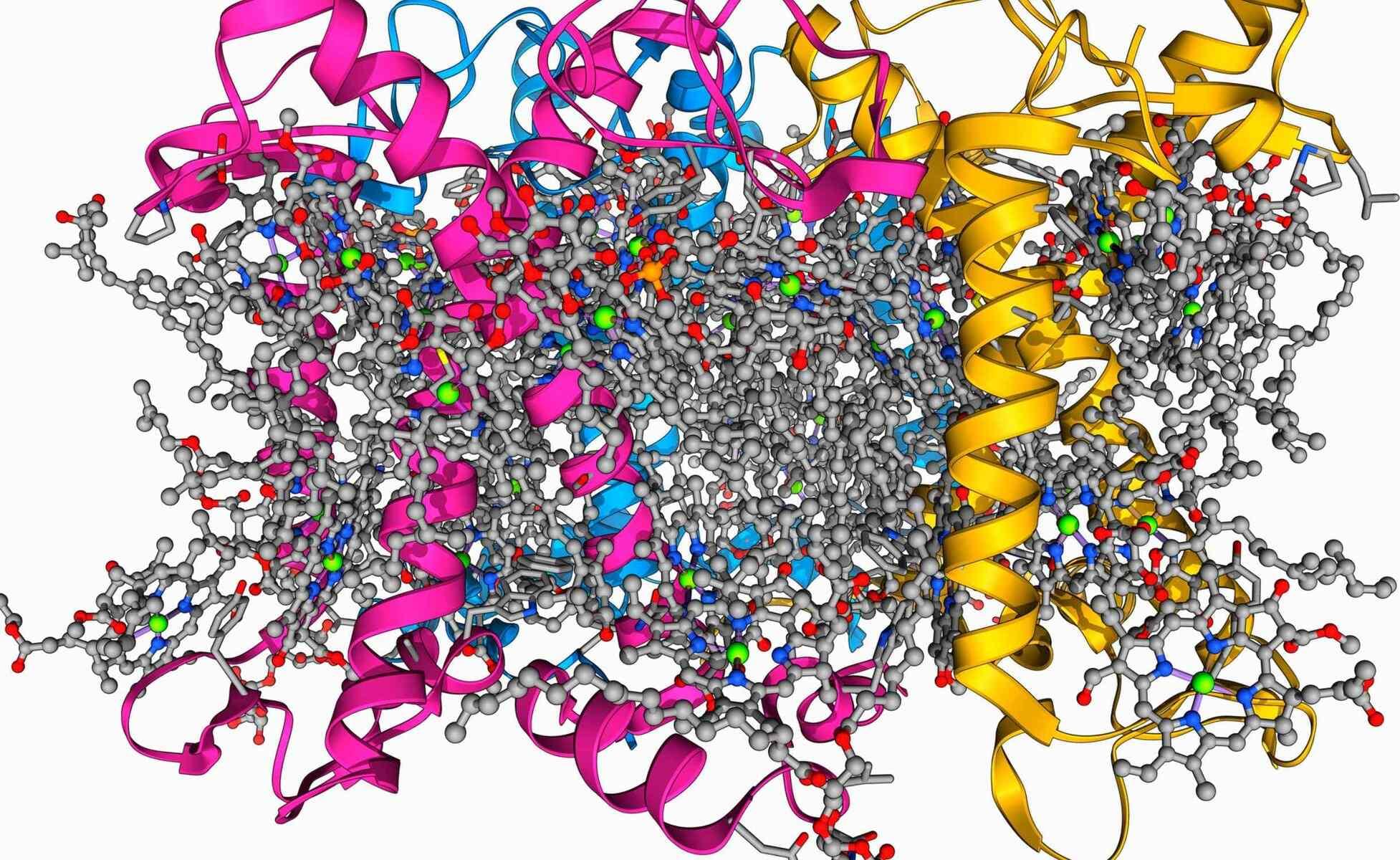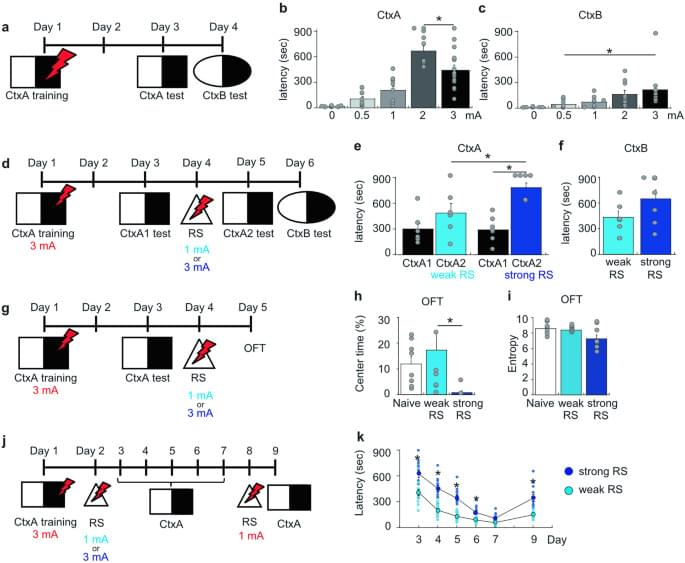Next-generation systems can suture soft tissue with minimal human input





A new neuroimaging study from China has found that an eight-week course of bright light therapy helped reduce depressive symptoms in individuals with subthreshold depression. The treatment also altered dynamic functional connectivity in several brain regions associated with mood regulation. The study was published in the Journal of Affective Disorders.
Subthreshold depression refers to the presence of depressive symptoms that are clinically relevant but do not meet the full diagnostic criteria for major depressive disorder. Individuals with subthreshold depression may experience persistent sadness, fatigue, sleep disturbances, or concentration problems, but with fewer symptoms or a shorter duration than required for a formal diagnosis.
Despite being “subthreshold,” the condition can impair daily functioning and reduce quality of life. It is also linked to an increased risk of developing major depression in the future. Subthreshold depression is common—especially among adolescents, older adults, and individuals with chronic illnesses—and it often goes undiagnosed and untreated because the symptoms are perceived as mild or situational. However, research shows that even mild depressive symptoms can negatively affect social relationships, job performance, and physical health.


As ocean levels rise, coastal communities face an ever-increasing risk of severe flooding. The existing infrastructure protecting many of these communities was not built to withstand the combined threat of rising seas and severe storms seen in this century.
While reinforcing existing flood barriers poses a costly challenge for at-risk communities, it also provides the opportunity to introduce innovative solutions that can provide both flood prevention and environmental benefits.
A group of researchers at UC Santa Cruz and the U.S. Geological Survey has evaluated one such flood mitigation solution, which can reinforce levees while creating environmentally beneficial coastal habitats. In a study published on May 9 in Scientific Reports, the team evaluated the effectiveness of “horizontal levees”—traditional levees retrofitted with a sloping, wetland border—as a means of strengthening shorelines against the threat of rising sea levels.

Special Offer! Use our link https://joinnautilus.com/SABINE to get 15% off your membership!
White holes are theoretical bodies in physics that are basically time-reversed black holes, meaning instead of permanently trapping matter inside themselves, they release it constantly. Recently, one team of physicists claimed that black holes can turn into white holes, another team says they know how to detect them, and yet another group claims that white holes make up dark matter. Has the time for white holes come?
Paper: https://arxiv.org/abs/2409.
This video comes with a quiz which you can take here: https://quizwithit.com/start_thequiz/1747758423603x287969714625576960
🤓 Check out my new quiz app ➜ http://quizwithit.com/
💌 Support me on Donorbox ➜ https://donorbox.org/swtg.
📝 Transcripts and written news on Substack ➜ https://sciencewtg.substack.com/
👉 Transcript with links to references on Patreon ➜ https://www.patreon.com/Sabine.
📩 Free weekly science newsletter ➜ https://sabinehossenfelder.com/newsletter/
👂 Audio only podcast ➜ https://open.spotify.com/show/0MkNfXlKnMPEUMEeKQYmYC
🔗 Join this channel to get access to perks ➜
https://www.youtube.com/channel/UC1yNl2E66ZzKApQdRuTQ4tw/join.
🖼️ On instagram ➜ https://www.instagram.com/sciencewtg/
#science #sciencenews #physics #blackholes

Fujikawa, R., Ramsaran, A.I., Guskjolen, A. et al. Neurogenesis-dependent remodeling of hippocampal circuits reduces PTSD-like behaviors in adult mice. Mol Psychiatry 29, 3316–3329 (2024). https://doi.org/10.1038/s41380-024-02585-7
Join us on Patreon! https://www.patreon.com/MichaelLustgartenPhD
Discount Links/Affiliates:
Blood testing (where I get the majority of my labs): https://www.ultalabtests.com/partners/michaellustgarten.
At-Home Metabolomics: https://www.iollo.com?ref=michael-lustgarten.
Use Code: CONQUERAGING At Checkout.
Clearly Filtered Water Filter: https://get.aspr.app/SHoPY
Epigenetic, Telomere Testing: https://trudiagnostic.com/?irclickid=U-s3Ii2r7xyIU-LSYLyQdQ6…M0&irgwc=1
Use Code: CONQUERAGING
NAD+ Quantification: https://www.jinfiniti.com/intracellular-nad-test/